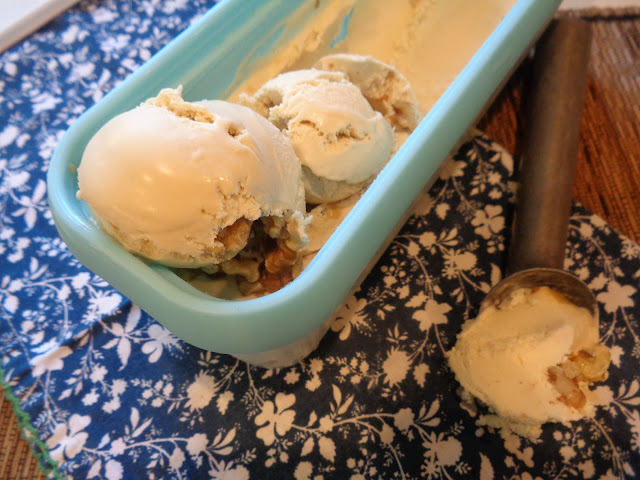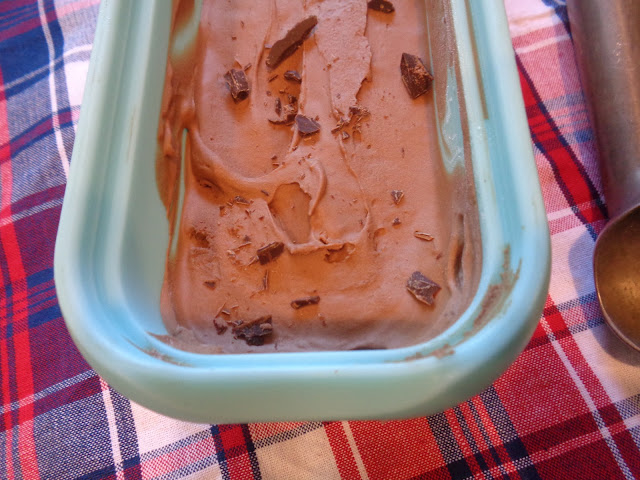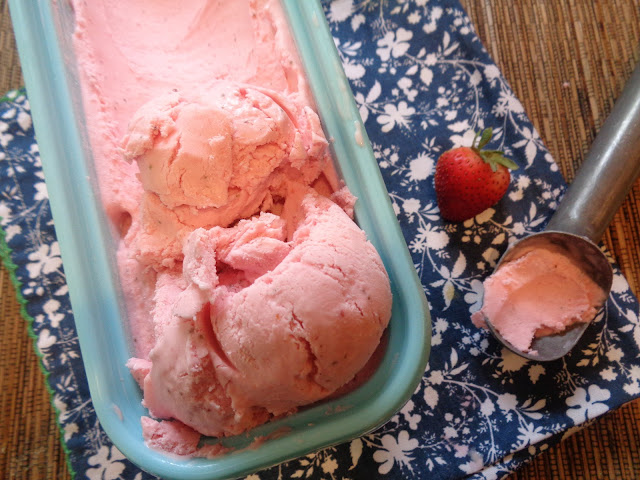
Each week, I'm going to be highlighting a new American Cookie and sharing its history, as well as my results. This is the tenth week of baking with American Cookie by Anne Bryn, and I'm sharing The Early 1990's Viral Neiman Marcus $250 Cookie! This cookie brings us into the modern era of cookies, and while I will be making more cookies from this book, this is the end of the American Cookie series for now!

Either way, oatmeal chocolate chip cookies were immensely popular in the late 1980's and early 1990's and this cookie has both oatmeal and two different types of chocolate: milk chocolate and semisweet. Plus, it has nuts...you can chose, walnuts or pecans!
My Results: This is essentially an oatmeal chocolate chip cookie with nuts and while I really enjoyed it, it is not my favorite oatmeal chocolate chip recipe. I do like how the edges get crisp while the interior of the cookie stays chewy. I also like the two different types of chocolate, which added a deeper dimension of chocolatey flavor. The nuts were a nice addition, adding extra crunch and a touch of saltiness, but overall I prefer my oatmeal chocolate chip cookies without nuts. I am, however, very happy to have finally tried this recipe, especially since I've been hearing about it ever since I was a teenager! It was a fun recipe to make for that reason!
My Rating: 3.5 out of 5! A really good solid oatmeal chocolate chip cookie, one that anyone would be happy to eat and enjoy! This recipe is truly good, but in the grand scheme of things, it is a busy cookie with the oats and the two chocolates and the nuts. Plus the cookie is crisper than we normally like. Our favorite is a really fat and thick oatmeal chocolate chip recipes from Ruth Reichl's The Gourmet Cookbook. Saying all that, this recipe is a very good cookie and certainly one that I will be proud to share with family and friends.
I'm going to be rating all the cookies with the five-star format, one-star being the lowest and five-star being the highest!
The Final Rating For All 10 Cookies, from Best to Least Favorite:First I'd like to say that baking these cookies and learning the history taught me so much and has been such a fun journey! My cookie venture began with the very first known American Cookie, the Dutch Tea Cookie dating to the early 1600's and ended with a more modern cookie, The Neiman Marcus $250 Cookie from the early 1990's. The history of cookies and baking in America is quite fascinating and it was fun to see how ingredients progressed over time. I would wholeheartedly recommend Anne Bryn's cookbook, American Cookie to anyone who loves baking and/or history! The recipes were all fantastic, with the exception of one, and I think any baker would love the book. There are hundreds of other recipes and this is certainly not the last you'll see of the book here on my blog. Saying that, we are quite worn out on cookies and have been eating one or two and happily giving them to family and friends for some time now.
It was very hard to rate them all, but we did our best. Family and friends who have tasted and tested all the cookies are in agreement with the number one cookie and the two lowest rated cookies, but the other recipes in the middle fluctuated depending on who you asked. I did my best to rank them according to popular opinion, but ultimately I ordered them best I could. Most of us preferred a chewy or softer cookie and that played into the ranking a lot. We also seemed to also prefer a more basic and simple recipe, finding loaded cookies and cookies with lots of ingredients more towards the bottom of the list.
And now for the ranking! (Click on any bold recipe title to be directed back to the original post)!

1) Ruth Wakefield's 1930's Era Chocolate Crunch (Chip) Cookies - This is probably the best chocolate chip cookie recipe I've ever made and I even made these gluten free the first time around. These were my family's favorite and I've made them every week since!

2) 1727 Ursuline Anise Cookies - I made this cookie because it originated in New Orleans at the Ursuline Convent (which I've visited) and I LOVE New Orleans! I don't even like anise, but this cookie was the surprise of the bunch! Soft and chewy, with a slight anise-flavor that was so very subtle and pleasant, and the icing was just delicious. This is a new all-time favorite that will be made over and over in my kitchen.

3) 1886 Vanilla Wafer Cookies - These cookies smell intoxicating while baking in the oven and had the whole house smelled of vanilla. They taste like vanilla cake straight out of the oven when they're warm, but as they cool they firm up and make great ice cream cookie sandwiches. We really loved these, devoured them, and want to make them again and use them for a homemade banana pudding! I also want to make the Chocolate Wafer Cookies from the book.

4) Dutch Tea Cookies (Oldest Cookie in America, circa 1609-1664) - This was the first cookie in America and also the first cookie I made in the American Cookie series. Four ingredients: butter, sugar, flour, and water - no egg or leavening. Surprisingly delicious when you think about how simple the cookie is. These were akin to a shortbread cookie, crisp on the edges and soft in the center and I can see how they would pair very well with tea. I bet they were very popular back in the times!

5) 1891 Snickerdoodle Cookies - Simplicity is beginning to be a key factor in rating these cookies and these were one of my husband's favorites. He loved how soft they were and the subtle flavor of the cinnamon and sugar. He wanted me to rate these higher, but this is after all my list.

6) 1917 WWI Era Banana Drop Cookies - These cookies are like eating soft chewy banana bread in cookie form. We gobbled them up very quickly. Plus, this was one of my favorite history stories.
7) Early 1990's Viral Nieman Marcus $250 Cookie - This is a great cookie, but it was a little too busy for us to be a top favorite. We decided that if we wanted a chocolatey cookie, we wanted a plain old chocolate chip cookie. However, if you love a crisper oatmeal chocolate chip cookie with nuts, then this would be a top recipe for you!
8) 1961 School Lunch Peanut Butter Cookies - We love peanut butter cookies, and this was a good, solid recipe but it was also more on the subtle side. The peanut butter flavor wasn't very pronounced. I had a batch of these and a batch of Ruth Wakefield's Chocolate Crunch Cookies at the same time and everyone kept going for the Chocolate Crunch Cookie.

9) Revolutionary War Era Joe Frogger Cookies (aka Molasses Spice Cookie) - This was a good solid cookie recipe, if you like Molasses Spice Cookies. I knew I had to include this recipe as molasses spice cookies are a HUGE part of cookie history. We ate them and enjoyed them, but I knew going into it that this wouldn't be a favorite based on our personal taste. We simply don't care much for spice cookies or desserts.

10) 1939 Vanishing Oatmeal Raisin Cookies - I never thought this recipe would end up at the very bottom of the list, but it sure did. This was the only cookie recipe from the book that I didn't care for. The cookies came out too oatemealy, were tough, and just didn't have the right amount of sugar. We didn't care for them at all, which is a shame because an oatmeal raisin cookie is up there on the list for me!
and now back to the recipe for...The Viral Neiman Marcus $250 Cookie!
The Neiman Marcus $250 Cookies
Adapted from American Cookie
by Anne Byrn
Makes 7 to 8 dozen 2" cookies
1 cup (2 sticks) butter, at room temperature
1 cup brown sugar, lightly packed
1 cup granulated sugar
2 large eggs
1 teaspoon vanilla extract
2-1/2 cups old-fashioned oats*
2 cups all-purpose flour
1 teaspoon baking soda
1 teaspoon baking powder
3/4 teaspoon salt
2 cups (12 ounces) semisweet chocolate chips
4 ounces semisweet or milk chocolate, grated
1-1/2 cups chopped walnuts or pecans
Notes: Old-fashioned oats are called for in this recipe and that is why you pulse them in the food processor to break down the oats into a flour-like texture. If you have quick-cooking oats on hand that is okay too. Just skip the step of pulsing and add them straight to the dough. Additionally, the author suggests you can use any kind of chocolate in this recipe, but I stuck with the chocolate as written in the recipe, using a mix of semisweet and milk chocolate and I have to say I do think it yields a more flavorful cookie.
Place a rack in the top third of the oven and preheat the oven to 375F. Set aside 2 ungreased baking sheets (I use parchment paper).
Place the soft butter and sugars in a large mixing bowl and beat with an electric mixer on medium speed until creamy, 1 to 2 minutes. Turn of the mixer, scrape down the sides of the bowl with a rubber spatula, and add the eggs and vanilla. Beat on low speed until combined and smooth, 1 minute.
In a food processor fitted with a steel blade, pulse the oats until finely ground, 10 to 15 seconds. Transfer the oatmeal to a medium-size bowl and add the flour, baking soda, baking powder, and salt. Whisk to combine the dry ingredients, and dump the oatmeal-flour mixture into the bowl with the batter. Beat on low speeds until just combined, 30 seconds. Scrape down the sides of the bowl.
Fold in the chocolate chips, grated chocolate, and nuts. Drop the batter by heaping 1" tablespoonfuls, 2" apart on the baking sheets. Place in the oven.
Bake the cookies until they just begin to crisp around the edges but are still a little soft in the center, 8 to 10 minutes. Let rest on the pan for 1 minute, then transfer with a metal spatula to a wire rack to cool. Repeat with the remaining cookie dough. Store the cookies in an airtight container.




















































